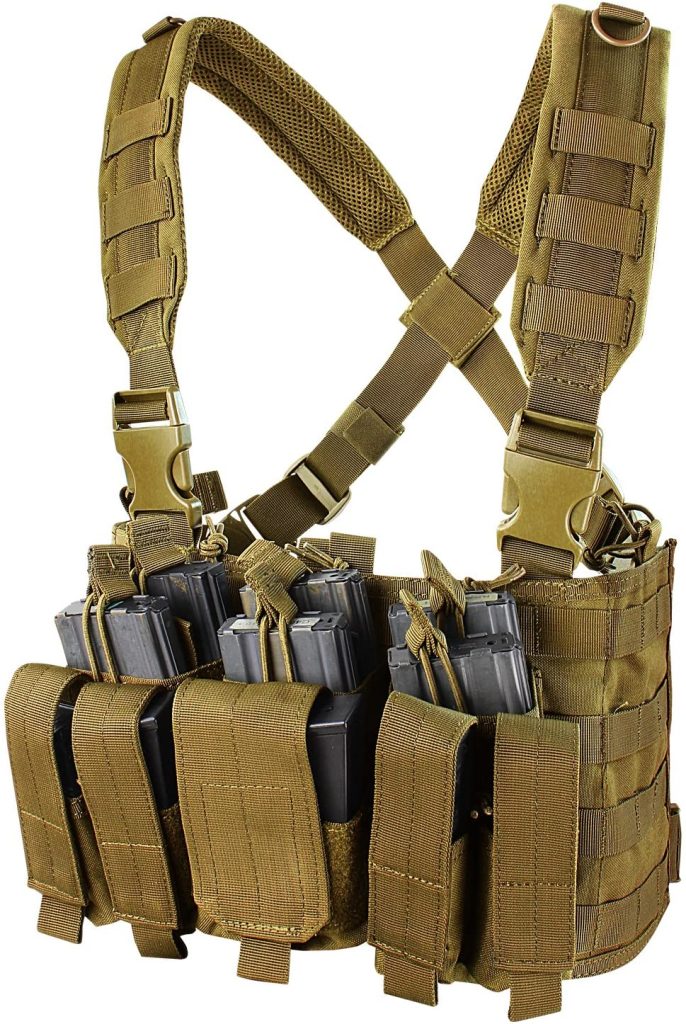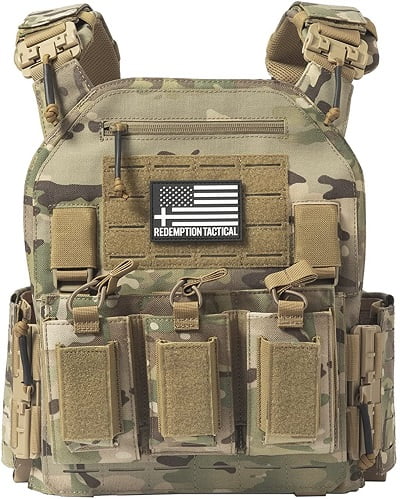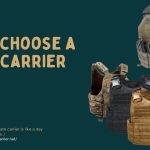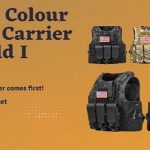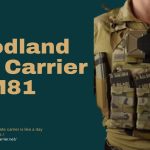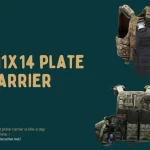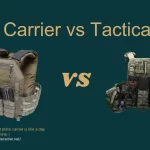Chest Rig vs Plate Carrier: Are you someone who takes their protection seriously? Whether you’re a law enforcement officer, military personnel, or simply a concerned citizen, the choice between a chest rig and plate carrier is not one to be taken lightly.
In this blog post, we will explore the pros and cons of each and help you make an informed decision that could ultimately save your life. So, let’s dive into the world of chest rigs and plate carriers and find out which one is right for you.
Related Post: Plate Carrier Vs Bulletproof Vest
Chest Rig vs Plate Carrier – Complete Difference of Both
As humans, we are hardwired to protect ourselves and our loved ones, and one of the most basic ways we do that is by wearing protective gear. In the world of tactical gear, the debate over chest rigs versus plate carriers has been raging for years.
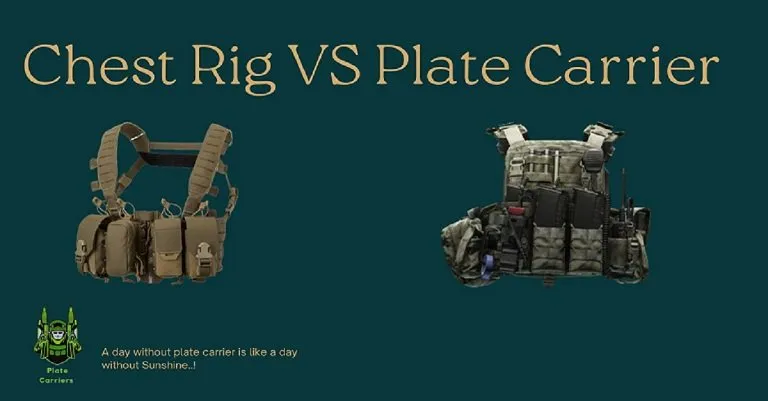
It’s a choice that can mean the difference between life and death in a high-stress situation, and it’s a decision that every tactical operator, law enforcement officer, and even some civilians must make. But which one is better, and more importantly, which one is right for you?
What is a Chest Rig?
A chest rig is a type of tactical vest that is worn over the chest and stomach. It is designed to carry ammunition, magazines, and other essential items. Chest rigs are typically made from durable materials like nylon or Cordura and are often adjustable to fit a wide range of body types. They can also come in a variety of configurations, with different sizes and numbers of pouches for specific equipment.
Features:
- Lightweight and mobile: Made from nylon or Cordura for comfort and ease of movement.
- Modular design: Pouches and attachments can be added or removed to customize carry capacity.
- Minimal profile: Maintains a low profile for better maneuverability and concealment.
- No ballistic protection: Focuses solely on equipment carriage, offering no bullet/fragment protection.
- Ideal for: Situations where mobility and speed are critical, and ballistic protection is secondary.
Pros of a Chest Rig
- Lightweight: Chest rigs are generally lighter than plate carriers, making them a good option for those who need to move quickly and stay agile.
- Breathable: Chest rigs typically have more mesh or ventilation than plate carriers, which makes them more breathable in hot weather.
- Low profile: Chest rigs sit lower on the body than plate carriers, which can make them less conspicuous in certain situations.
Cons of a Chest Rig
- Limited protection: Chest rigs do not provide as much ballistic protection as plate carriers, as they do not have built-in armor plates.
- Limited storage: While chest rigs can hold essential equipment, they often have fewer pouches than plate carriers, which can limit the amount of gear you can carry.
Check out our review on: the Top 10 chest rigs of 2024
What is a Plate Carrier?
A plate carrier is a type of tactical vest that has built-in armor plates to provide ballistic protection to the wearer. They are typically made from heavy-duty materials like Cordura or Kevlar and are designed to carry a wide range of equipment. Plate carriers can also be adjusted to fit different body types and can come in different configurations to suit specific needs.
Features:
- Ballistic plates: Ceramic or steel inserts to stop bullets and other projectiles.
- Sturdy construction: Heavy-duty materials like Cordura or nylon for durability and stability.
- Increased carrying capacity: Can accommodate more pouches and equipment compared to chest rigs.
- Higher profile: Creates a larger silhouette for visibility and potential snags in tight spaces.
- Reduced mobility: Weight and bulk can restrict movement and flexibility.
- Ideal for: High-threat environments where ballistic protection is paramount.
Pros of a Plate Carrier
- High protection: Plate carriers provide more ballistic protection than chest rigs, as they have built-in armor plates that can stop bullets and other projectiles.
- Large capacity: Plate carriers often have more pouches and storage options than chest rigs, allowing you to carry more gear.
- Versatile: Plate carriers can be configured in a variety of ways, allowing you to customize them for your specific needs.
Cons of a Plate Carrier
- Heavy: Plate carriers are often heavier than chest rigs, which can make them less comfortable to wear for extended periods.
- Less breathable: Plate carriers typically have less ventilation than chest rigs, which can make them less comfortable in hot weather.
- High profile: Plate carriers sit higher on the body than chest rigs, which can make them more conspicuous in certain situations.
Check out our review on: Top plate carriers of 2024
Main Differences Between Chest Rig vs Plate Carrier
Here is a table that summarizes the key differences between chest rigs and plate carriers:
| Feature | Chest Rig | Plate Carrier |
|---|---|---|
| Primary Function | Carry equipment | Provide ballistic protection |
| Ballistic Protection | No | Yes |
| Weight | Lightweight | Heavy |
| Mobility | High | Low |
| Comfort | High | Low |
| Cost | Relatively low | Relatively high |
Related Post: Plate Carrier Vs Tactical Vest
Which Should You Choose? Chest Rig vs. Plate Carrier
Choosing between a chest rig and a plate carrier ultimately comes down to your specific needs and preferences. If you need high ballistic protection and have a lot of gear to carry, a plate carrier might be the best option.
However, if you need to move quickly and stay agile, a chest rig might be a better choice. Consider the pros and cons of each option carefully before making a decision.
